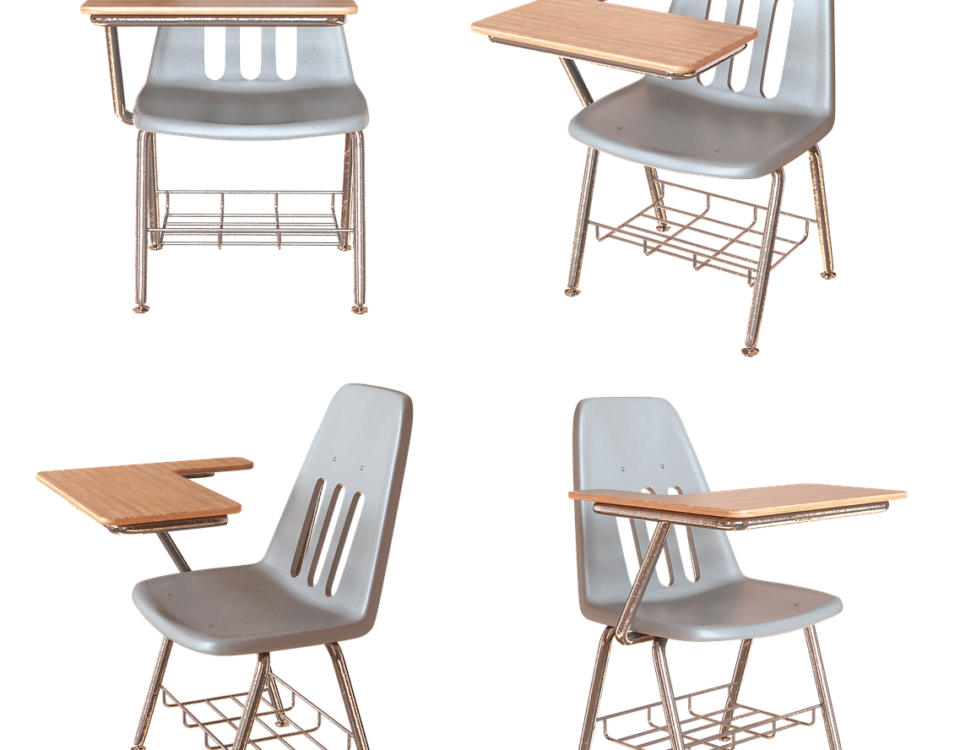Fused Deposition Modeling (FDM) Rapid Prototyping Materials

Characteristics of Fused Deposition Modeling (FDM) Rapid Prototyping Process
February 14, 2025
Fused Deposition Modeling (FDM) Manufacturing Equipment
February 14, 2025Fused Deposition Modeling (FDM) is a popular 3D printing technique that uses a heated nozzle to extrude material, layer by layer, to create prototypes and end-use parts. The key to successful FDM lies in the careful selection of materials, specifically the feedstock used in the process. The material’s viscosity, melting temperature, adhesion properties, and shrinkage rate are all crucial factors in ensuring the quality and precision of the final part. Below, we delve into the characteristics of FDM materials and their impact on the manufacturing process.
1. Material Viscosity
Viscosity plays a critical role in the FDM process. Materials with low viscosity are easier to extrude, as they offer less resistance, making the extrusion smoother. High-viscosity materials, on the other hand, pose challenges, requiring higher feed pressures and extended nozzle response times, which can negatively affect the overall print precision. Ideal FDM materials should have low viscosity to facilitate smooth extrusion and high printing accuracy.
2. Melting Temperature of the Material
The melting temperature of the material is another key factor in the FDM process. Lower melting temperatures allow the material to be extruded at a lower temperature, which helps in prolonging the lifespan of the extruder head and the entire system. Additionally, a smaller temperature difference between extrusion and the forming environment minimizes thermal stress, which contributes to the overall precision of the final prototype. Therefore, FDM materials with a lower melting point are preferable for improving the accuracy and reliability of the 3D printing process.
3. Adhesion Between Layers
The strength and quality of the printed object often depend on how well each layer bonds with the layer beneath it. Good adhesion between the layers is vital for producing durable parts. Poor adhesion can lead to cracks or layer delamination, especially if thermal stress builds up during printing. Strong inter-layer bonding ensures that the printed object maintains its structural integrity and does not fail under stress. Materials used for FDM should have excellent bonding properties to prevent these issues.
4. Shrinkage Rate
During extrusion, the material typically experiences some degree of expansion as it exits the nozzle and cools down. If the material has a high shrinkage rate, the change in dimensions can lead to inconsistencies in the printed part, affecting its final accuracy. Additionally, if the shrinkage is temperature-sensitive, it can cause warping or cracking of the part. To avoid these issues, materials with low shrinkage rates are preferred, as they maintain the integrity of the part and reduce the risk of dimensional inaccuracies.
FDM Materials: Types and Requirements
FDM uses two types of materials: modeling materials and support materials. Let’s explore the characteristics and requirements for each type.
Modeling Materials
The most commonly used modeling materials in FDM include:
- ABS (Acrylonitrile Butadiene Styrene): A popular thermoplastic that is strong, durable, and easy to print with.
- ABSi (Medical ABS): A specialized version of ABS used in medical applications, offering higher strength and biocompatibility.
- MABS (Modified ABS): A modified version of ABS that is typically used for printing flexible or transparent parts.
- Wax filaments: Used for making prototypes that can later be used for investment casting.
- Nylon filaments: Known for their flexibility and strength, ideal for durable parts that require wear resistance.
- Polyamide filaments: A form of nylon used for its toughness and heat resistance.
FDM materials must be capable of being easily extruded and provide good adhesion between layers. The best materials have a low melting temperature, low viscosity, and minimal shrinkage.
Support Materials
Support materials are essential in FDM for creating complex geometries, especially when printing parts with overhangs or internal cavities. The ideal properties for support materials are:
- High-Temperature Resistance: Support materials must withstand the high temperatures generated by the model material during printing. They should not decompose or melt under these conditions. Typically, support materials can handle temperatures of up to 100°C.
- Non-Wettability with Model Materials: Since support materials are intended to be removed after the printing process, they should not adhere too strongly to the model material. This ensures easy removal without damaging the printed part.
- Solubility in Water or Acids: A major advantage of FDM is its ability to print complex internal structures. To facilitate easy post-processing, support materials that dissolve in water or mild acids are preferred. Water-soluble materials, in particular, allow for hassle-free removal of supports without the need for manual labor or chemical cleaning agents.
- Low Melting Temperature: Support materials with a low melting temperature are beneficial as they can be extruded at lower temperatures, which helps prevent excessive wear on the nozzle and extrusion system.
- Good Flowability: Support materials do not need to be as precise as the model materials, so they can afford to be less viscous. This allows them to flow more easily and enables faster printing speeds. Good flowability ensures efficient material deposition without clogging the extrusion system.
Conclusion
FDM rapid prototyping offers a wide range of possibilities for producing complex, functional prototypes and parts. The materials used in the FDM process are integral to the success of the technology. Key requirements for materials include low viscosity, low melting temperatures, strong adhesion properties, and minimal shrinkage. Additionally, both model and support materials must meet certain characteristics to ensure smooth and efficient printing. As FDM continues to evolve, material innovation will further expand its capabilities, making it an even more versatile solution for rapid prototyping and production.


